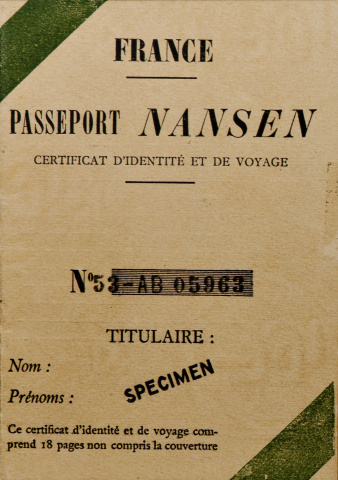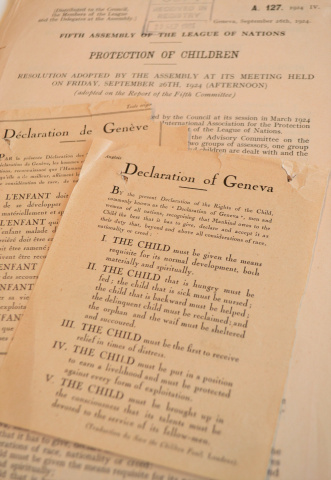
Sobrescribir enlaces de ayuda a la navegación
Successful interventions
This schematic vision of the history of the League can be nuanced. Politically, the League addressed many issues during the 1920s, occasionally with great success. This was the case with the Åland Islands dispute in 1921, and the Greco-Bulgarian border incident in 1925. However, other cases highlighted the limits of the League to settle disputes where the interests of a great power were directly involved. This was the case for the dispute over Vilna in 1921 or the Corfu incident in 1923.
Despite the political tensions, the League contributed to settling disputes in the 1930s, such as the one over Leticia in 1934. The same year, the Council also succeeded in easing the tensions between Budapest and Belgrade after the assassination of King Alexander I of Yugoslavia. In 1939, the League of Nations supervised the evacuation of foreign combatants from Spain.
Technical cooperation
The League of Nations achieved significant successes in the technical fields of activity. Many advances were realized through international conferences organized under the auspices of the League, which were attended by both Member States and non-Member States. In 1921, the Barcelona Conference led to conventions on freedom of transit and international waterways. In 1922, an intergovernmental conference conveyed by the first High Commissioner for Refugees, Fridjoft Nansen, adopted the “Nansen Passport”. This document, issued for refugees and stateless persons, –marked the beginning of the international protection of refugees. In 1924, the Assembly adopted a Declaration of the Rights of the Child, the first international recognition of children’s rights. The 1926 Slavery Convention was adopted in Geneva to fight against slavery and slave trade. With the 1936 International Convention Concerning the Use of Broadcasting in the Cause of Peace, the signatory states agreed to ensure that transmissions from stations within their territory should not incite war.
Although the activities of the League in the field of arms control are often overshadowed by the failure of the 1932 World Disarmament Conference, the “1925 Geneva Protocol” forbade the use of chemical and bacteriological weapons in war. It is considered an important success, and it is still in effect today.
From 1920 to 1935, the League administrated the Saar Territory. It was the first time that a territory was administered by an international organization. In 1935, an international force was deployed in the Saarland to guarantee order during the plebiscite on the status of the territory.
In some cases, the League provided direct assistance to States, for example for the reconstruction of their financial systems or by reorganizing their national health administration. Despite the economic crisis in the 1930s and the League’s political marginalization, its subsidiary organizations continued their activities and achieved some notable successes. In 1939, 60% of the League’s budget was allocated to technical functions.


